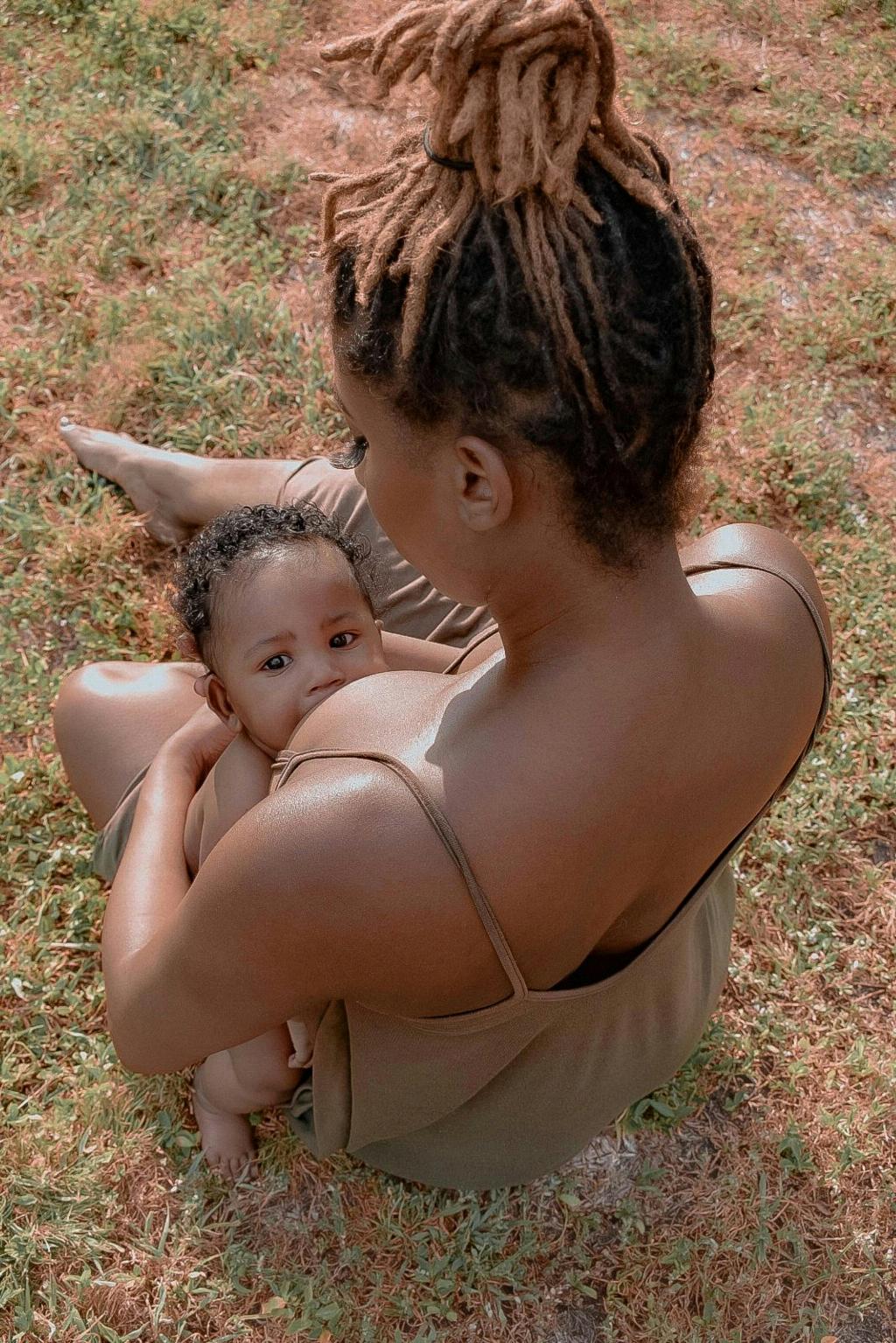Before diving into how to treat milk bumps on nipples, it’s important to understand what they are and why they occur. Milk blisters, or milk blebs, are small white spots that can develop on the nipple when the pores become blocked during breastfeeding. These bumps can be painful and uncomfortable, making it essential to address them promptly.
Identifying Symptoms and Causes
Symptoms of milk bumps on nipples may include a white blister-like spot, tenderness or pain in the affected area, and difficulty breastfeeding. The primary cause of these bumps is the blockage of milk ducts, leading to the accumulation of milk under the skin. Poor latching, infrequent feeds, or wearing tight clothing can contribute to the development of milk blisters.
Traditional Remedies and Treatments
Several home remedies can help alleviate milk bumps on nipples. Applying a warm compress to the affected area can help to soften the skin and facilitate the release of trapped milk. Massaging the area gently and expressing milk by hand or with a pump can also be effective in unclogging the ducts.
Moisturizing and Soothing the Skin
Moisturizing the nipples with natural oils, such as olive oil or coconut oil, can help to hydrate the skin and reduce inflammation. These oils have antibacterial properties that can promote healing and soothe the discomfort associated with milk bumps. It is essential to ensure that the skin is clean before applying any moisturizer.
Improving Breastfeeding Techniques
Ensuring a good latch during breastfeeding and feeding on demand can help prevent the recurrence of milk blisters. Proper positioning and attachment can minimize the pressure on the nipples and reduce the likelihood of milk duct blockages. Seeking guidance from a lactation consultant can be beneficial in refining breastfeeding techniques.
Hygiene and Care Practices
Practicing good hygiene is crucial when dealing with milk bumps on nipples. Keeping the nipples clean and dry, wearing breathable cotton bras, and avoiding harsh soaps or chemicals can aid in the healing process. Changing nursing pads frequently and allowing the nipples to air dry can prevent further irritation.
Seeking Medical Advice
If milk bumps on nipples persist or become increasingly painful, it may be necessary to consult a healthcare provider. A doctor or lactation specialist can assess the condition, provide personalized advice, and recommend additional treatments, such as prescription medications or procedures to address the issue.
Preventing Recurrence
Once the milk bumps have resolved, taking preventive measures can help reduce the risk of future occurrences. Maintaining proper breastfeeding techniques, ensuring adequate hydration, and wearing comfortable nursing attire can contribute to overall nipple health.
Embracing Self-Care
It’s essential to prioritize self-care and well-being during the healing process. Engaging in relaxation techniques, such as deep breathing or gentle massage, can promote physical and emotional recovery. Seeking support from loved ones and fellow breastfeeding mothers can provide encouragement and reassurance.
Monitoring Progress and Healing
Tracking the progress of treatment and healing of milk bumps on nipples is essential in determining the effectiveness of interventions. Observing changes in symptoms, such as reduced pain or improved skin appearance, can indicate that the condition is improving. Patience and consistent care are key in achieving optimal outcomes.
Embracing Body Positivity
It’s normal to feel self-conscious or frustrated when dealing with milk bumps on nipples. Remember that these issues are common among breastfeeding individuals and do not define your worth or beauty. Embracing body positivity and accepting the natural changes that occur during this transformative stage can foster self-confidence and empowerment.
Connecting with a Community
Joining a supportive community of breastfeeding individuals or seeking guidance from online forums can offer valuable insights and encouragement. Sharing experiences, tips, and resources with others facing similar challenges can create a sense of camaraderie and solidarity. Building connections and seeking help when needed can make the journey of addressing milk bumps on nipples more manageable.
Conclusion
In conclusion, addressing milk bumps on nipples involves a combination of home remedies, proper hygiene, breastfeeding techniques, and self-care practices. By taking a holistic approach to treatment and prevention, individuals can effectively manage this common issue and promote nipple health. Remember to prioritize self-care, seek support when needed, and embrace the natural changes that come with the beautiful journey of breastfeeding.

